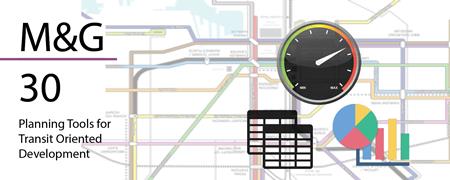Baltimore
 The city is served by the Baltimore Metro Subway, Light Rail and MARC, which has 30 rail stations. In addition, the Maryland Transit Administration provides a bus network of 57 local and regional routes, many of which connect to rail stations, serving the city and its surrounding suburbs.
The city is served by the Baltimore Metro Subway, Light Rail and MARC, which has 30 rail stations. In addition, the Maryland Transit Administration provides a bus network of 57 local and regional routes, many of which connect to rail stations, serving the city and its surrounding suburbs.
Development near the city’s transit stations have occurred since the Metro Subway and Light Rail Line were built in the 1980s. The first successful TOD project was Symphony Center, which in 2005 placed a mix of residential and commercial uses on six acres at Cultural Center light rail station and the State Center Metro station. The Maryland Department of Transportation (MDOT), in coordination with the city, led the effort through a public-private partnership agreement.
After a 2004 assessment of TOD potential in transit station areas, city officials coordinated with MDOT and MDP to carry out three pilot projects that would complete station area plans and seek private interests in developing TOD near the State Center, West Baltimore MARC and Reisterstown Plaza stations.
Limited progress has been made in implementation. A Social Security Administration building was built on the Reisterstown Plaza station site. TOD near the West Baltimore MARC has yet to see private investment interests, and the State Center TOD Project is stalled due to a lawsuit. However, city planners, working with public and private entities, are planning or implementing TOD in various station sites, including Westport, Penn North and Shot Tower.
In 2006, city officials identified TOD as an objective in the Live-Earn-Play-Learn master plan and specified an implementation strategy that identifies TOD as pedestrian-friendly activity zones near transit stations. The resulting densities around transit hubs vary to reflect the needs and form of surrounding areas. City officials also crafted a TOD checklist in its Development Guidelines to guide the site plan and design review of projects within a half-mile radius of transit stations. With the adoption of the master plan, the city launched a process to revise its 1971 zoning code to establish TOD Zones. The City Council is expected to adopt the new zoning code in 2014.
